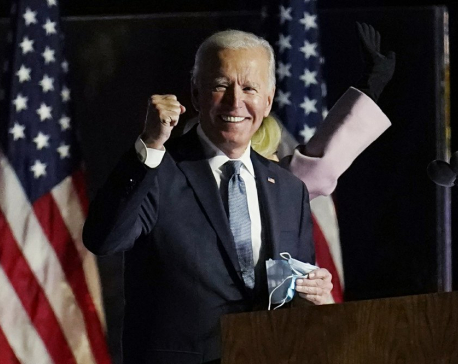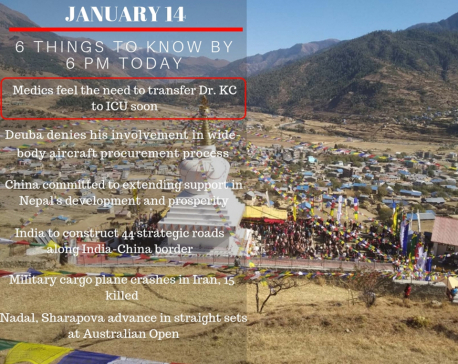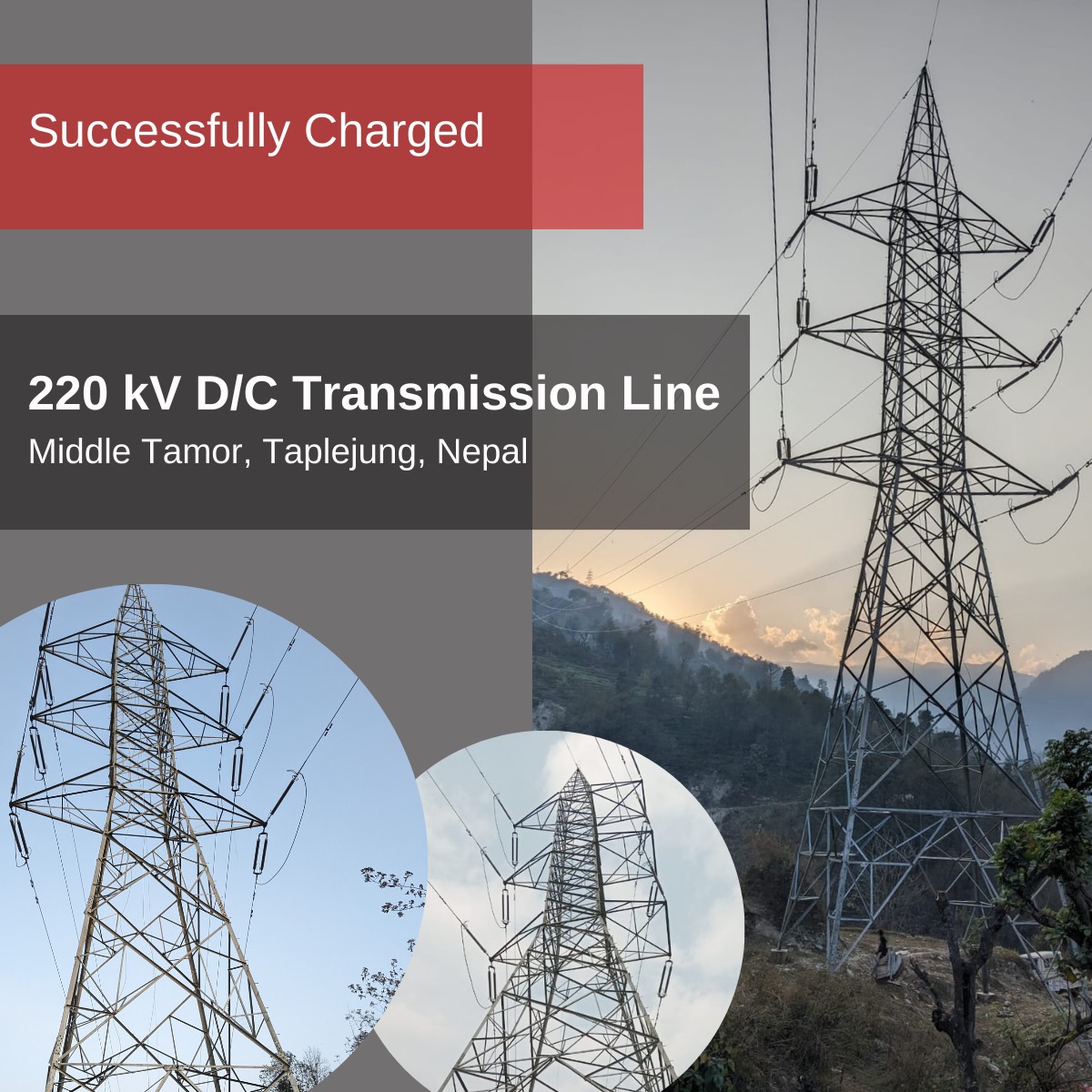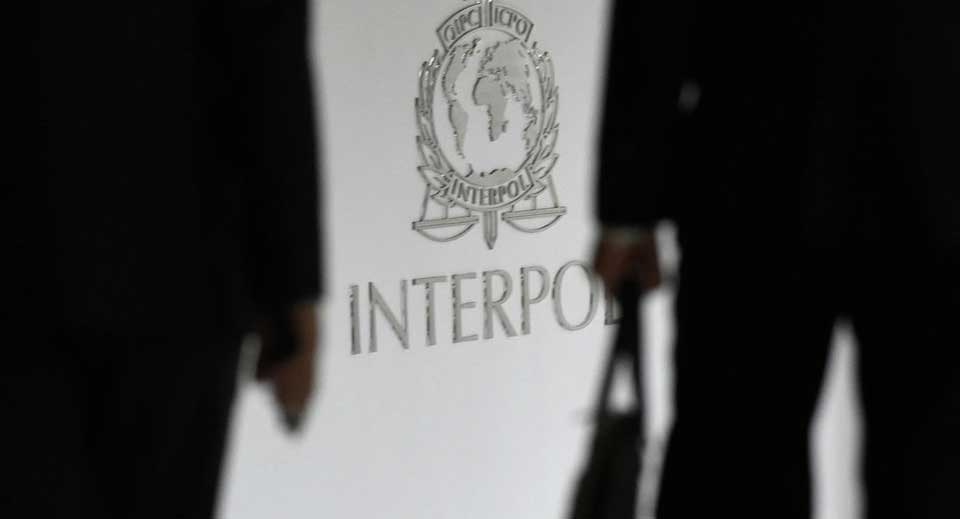
OR
The fault lines of Indian regionalism
Published On: October 23, 2020 10:10 AM NPT By: Dr Surendra Singh Rawal

Although India is competing with China by investing in connectivity in the region, it has not fully embraced economic openness. India's reluctance to provide vital air gateways for Nepal, for example, is the manifestation of that attitude.
Two connectivity strategies are competing across South Asia—the Belt and Road Initiative (BRI) and Neighborhood First policy. In 2013, in quest of exerting soft power, the Chinese President Xi Jinping rolled out his signature initiative, BRI. Although BRI's full gamut is not limited to South Asia, the region is part and parcel of that strategy. Then, the Indian Prime Minister Narendra Modi followed suit with his trademark policy—neighborhood first—immediately after his election victory in 2014. Both schemes' primary goal is to influence the South Asian region through investment in infrastructure and cross-border connectivity, where the two Asian giants are actively seeking to dominate the subcontinent.
However, Beijing and New Delhi have sought to compete with their geoeconomic tools to leverage their geopolitical turf. While time would tell the broader implications of these initiatives, given the current India-China rivalry, there is more likelihood of a clash between the two than a match, causing anxiety among the smaller states.
Colonial legacy
After independence in 1947, Indian leaders embraced the policy of strategic isolation and non-alignment. But their security and diplomatic apparatus, not limiting Indian security frontier to its political boundary, carried on with the British colonial concept of Himalayan and Karakoram as a buffer zone. This outlook would have been plausible for an empire like Britain, but not a newly independent nation-state like India. The British buffer concept was to protect the empire's interest in the Indian subcontinent from another empire, Russia. Since independent India did not have imperial ambition, there was no plausible logic to think its security interests extend to the Himalayan and Karakoram ranges. Thus, there was an inconsistency between Indian policy and bureaucratic approach: the polity embraced hedging strategy and strategic isolation, whereas the 'South Block' mindset, among Indian security and diplomatic establishments, tried to continue with the British suzerainty legacy of the region.
This approach shows the mismatch between the end and means in Indian strategic thinking. Just after independence, India's primary foreign policy goal was to become a regional power. Despite this end in mind, unlike other regional players around the world, India's policymakers did not feel necessary to promote connectivity in the region. Instead, embracing strategic isolationism and a protectionist economic model, they were deeply inward-focused. New Delhi also effectively discouraged its small neighbors from seeking connectivity outside the region, thinking their outreach might jeopardize India's security and economic interests. For instance, India dampened Nepal's quest to connect with China, and Sri Lanka with Southeast Asia. Whereas the whole world was benefitting from economic interdependence and globalization in the past couple of decades, including flourishing neighborhood China, this Indian attitude contributed to keeping the South Asian region in economic stagnation.
Although the aspiration to become regional hegemon was on the drawing board, Indian politicians focused more on domestic policies and even international politics, but not the regional one. From the very beginning, India's apathy towards SAARC indicates its lack of clear focus on regionalism. Lately, Indian leaders seem to have realized that stronghold and proven leadership ability in the region can leverage global politics but without any serious actions.
Since Narendra Modi became the Prime Minister, India has been making every effort to expand its power in South Asia and increase access to the Indian Ocean. This initiative was not just the result of India's love of regionalism but also the necessity to counter China's BRI. But the ambitious Neighborhood First policy, which started with the invitation of all SAARC heads of state at Modi's swearing-in ceremony, has now lost its steam.
Instead, India seems to be shrinking its regionalism ambit by advancing BIMSTEC. While it is understandable that India is trying to contain Pakistan for its national interests, undermining SAARC and promoting BIMSTEC portray India as a divisive rather than a unifying force in the subcontinent. Besides, in the past six years, India's regionalism has focused on connectivity, emulating the Chinese BRI, rather than an all-encompassing regionalism in the socio-cultural, economic, and political domain. Yet, the implementation of the limited regionalism focused on cross-border connectivity has not been successful due to India's execution fallacies and geoeconomics constraints. India should note that it must be economically strong to exert its influence in its periphery, irrespective of Chinese interests.
India almost accounts for 75 percent of the total landmass, economy, and population of South Asia. Due to its sheer size and meddling record in their domestic matters, its neighbors feel an identity crisis, if not existential threats, while India often blames small neighbors for lack of stability in its neighborhood, for example, in Nepal. But most of the time, the reason for instability has been the Indian intrusion in their internal politics and lack of socio-cultural sensitivities. Despite India's changed attitude of minimizing interference in neighbor's domestic issues in recent times, the ripples of past meddling are still seen and felt across the region.
Although India is competing with China by investing in connectivity in the region, it has not fully embraced economic openness. India's reluctance to provide vital air gateways for Nepal, for example, is the manifestation of that attitude. It is not only about producing public goods and considering small countries' constraints; even the Indian investment in its neighborhood does not pay off without a proper open policy for cross-border trade and transit.
Incompatible vision
Moreover, some Indian segments still believe and aspire to make India 'Bharatvarsh'—a vast Indian empire encompassing the entire South Asian subcontinent—which they believe existed in ancient times. This revisionist view does not support India's aspiration to become a regional hegemon and South Asian Regionalism, which is against small neighbors' sentiments and the principle of coexistence. Regionalism and Bharatvarsh are not only mutually exclusive concepts but also ideas that are opposing to each other. India should realize that its hyper-nationalist and divisive domestic narrative is counterproductive to its aspiration to become a regional power.
South Asia has been a playing field for both Asian rising powers. China is expanding its military might and economic influence in Asia. Lest India does not promote regionalism in South Asia, it will create an uncontested opportunity for China to exert influence in the region. However, China's vision for the 'Middle Kingdom' is against regional and global stability, as is India's 'Bharatvarsh.' These two revisionist ideas are bound to clash if pursued without regard to the current international system. India and China need to understand that their perception of being 'center of the world' is farfetched and unrealistic in modern times. Yes, it is true that both 'Bharatvarsh' and 'Middle Kingdom' are fringe ideas at the moment. Still, if unchecked, these ideas could become mainstream in the foreseeable future unwittingly, especially in the midst of populism and jingoism among the massive humanities on both sides of the Himalayan range.
Against all odds, it is possible for both Chinese and Indian interests to coexist and thrive in the region. Nevertheless, India and China need to focus on becoming benign hegemon in South Asia, showing magnanimity. The two enormous economies should support their small neighbors as much as they can. As a benign hegemon, they should grow into a stable and prosperous democracy and refrain from interfering in domestic politics of their neighbors. They should also voice against such meddling if any other power tries to do so. That is how a responsible regional power behaves and gains legitimacy.
You May Like This

What Biden's victory means for South Asia and Nepal
The US policy towards Nepal generally remains unchanged by the change of guard in the White House. Yet, Nepal will... Read More...

Jan 14: 6 things to know by 6 PM today
Your daily dose of missed important news of the day. ... Read More...

The real danger is when both India and China conclude Nepal is a burden
The Director of Center for South Asian Studies, Nischalnath Pandey, is a keen student of diplomacy in South Asia and... Read More...






Just In
- 16 hydroelectric projects being developed in Tamor River
- Cosmic Electrical completes 220 kV transmission line project
- Morang DAO imposes ban on rallies, gatherings and demonstrations
- Gold smuggling case: INTERPOL issues diffusion notice against accused fugitive Jiban Chalaune
- Raya appointed as Auditor General
- 9 are facing charges in what police in Canada say is the biggest gold theft in the country’s history
- Gold price falls by Rs 600 per tola
- Dr Anjan Shakya nominated as National Assembly member














Leave A Comment